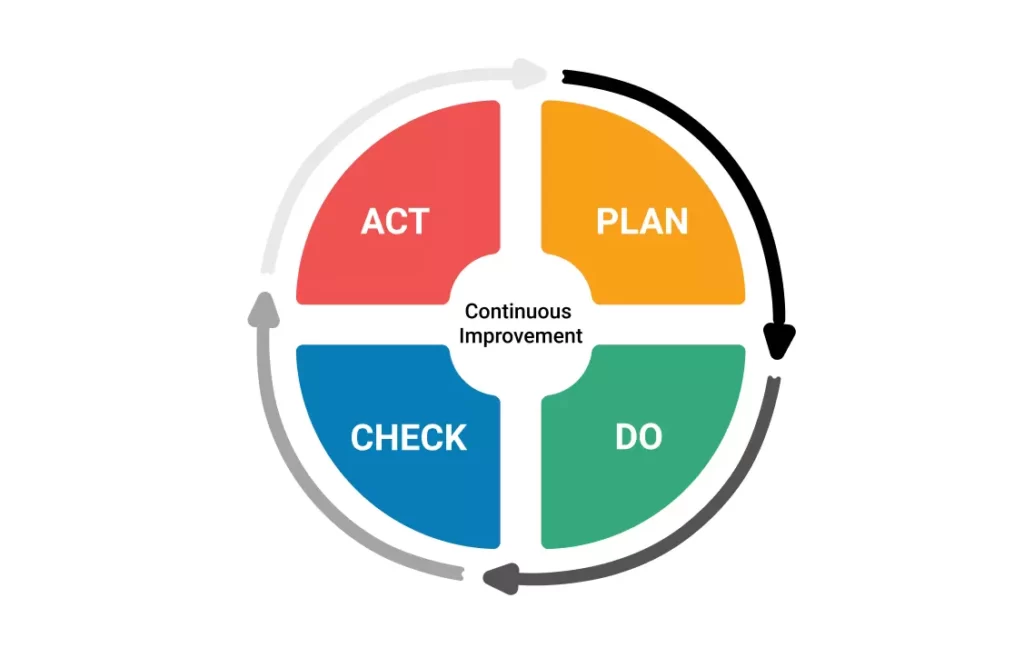ISO standards for medical equipment industry
The medical equipment industry plays a crucial role in healthcare delivery systems across the world. These equipment are used by healthcare providers to diagnose, treat, and monitor patients. As a result, the quality and safety of medical equipment are of utmost importance to healthcare providers and patients alike. To ensure that medical equipment meets the required standards, the International Organization for Standardization (ISO) has developed various standards that manufacturers must comply with. In this article, we will discuss the various ISO standards that are applicable to the medical equipment industry.

Most important ISO standards for medical equipment industry
ISO 13485: Medical Devices – Quality Management Systems
ISO 13485 is the most well-known standard in the medical device industry. This standard specifies the requirements for quality management systems for medical devices. Compliance with this standard is mandatory for medical device manufacturers seeking to sell their products in the European Union (EU).
The ISO 13485 standard is based on the ISO 9001 standard, but with additional requirements specific to the medical device industry. Some of the key requirements of this standard include:
- The need for a comprehensive quality management system that covers all aspects of the product lifecycle, including design, development, production, installation, and servicing.
- The need for a risk-based approach to product design and development that considers the risks associated with the product’s intended use.
- The need for effective communication between different stakeholders, including customers, regulators, and suppliers.
ISO 14971: Medical Devices – Application of Risk Management to Medical Devices
ISO 14971 is a standard that specifies the requirements for risk management for medical devices. This standard is closely related to ISO 13485 and is also mandatory for medical device manufacturers seeking to sell their products in the EU (1).
The key requirements of this standard include:
- A systematic approach to identifying and assessing the risks associated with medical devices, including the risks associated with the device’s intended use and any potential hazards.
- The development of a risk management plan that outlines the steps to be taken to mitigate any identified risks.
- The need for regular review and updating of the risk management plan throughout the product lifecycle.
ISO 9001: Quality Management Systems
While ISO 9001 is a general quality management standard applicable to all industries, it is still relevant to the medical equipment industry. Compliance with ISO 9001 is not mandatory for medical device manufacturers, but it is recommended as it provides a framework for implementing a comprehensive quality management system.
The key requirements of ISO 9001 include:
- A customer-focused approach to quality management that ensures that customer needs and expectations are met.
- A focus on continuous improvement that encourages organizations to continually monitor and improve their processes and products.
- A process-based approach to quality management that emphasizes the need for effective and efficient processes that are tailored to the organization’s specific needs.
ISO 11607: Packaging for Terminally Sterilized Medical Devices
ISO 11607 is a standard that specifies the requirements for packaging for terminally sterilized medical devices. This standard is important as packaging plays a crucial role in ensuring the sterility of medical devices.
The key requirements of this standard include:
- The need for a comprehensive packaging system that takes into account the specific needs of the medical device being packaged.
- The need for effective labeling and instructions for use that provide clear guidance to users on how to safely and effectively use the medical device.
- The need for testing and validation of the packaging system to ensure that it is effective in maintaining the sterility of the medical device.
ISO 15223-1: Medical Devices – Symbols to be Used with Medical Device Labels, Labeling, and Information to be Supplied
ISO 15223-1:2016 specifies the symbols, including safety and performance-related symbols, to be used with medical device labels, labeling, and information to be supplied. This standard is essential for ensuring that medical device labeling and information is clear, concise, and easy to understand for users, including patients, healthcare professionals, and others.
The standard also specifies requirements for the presentation of information, such as font size, color, and layout, to ensure that it is easily legible and distinguishable from other information.
Compliance with ISO 15223-1:2016 is mandatory for medical device manufacturers to ensure that their products comply with regulatory requirements and are safe for use by patients. Certification to this standard can also provide a competitive advantage for manufacturers by demonstrating their commitment to safety and quality.
Conclusion
The medical equipment industry is highly regulated, and compliance with ISO standards is essential for manufacturers to ensure the safety and effectiveness of their products. Compliance with these standards is also a requirement for selling medical devices in many countries.
The ISO standards discussed in this article cover various aspects of medical device manufacturing, including quality management, risk management, and safety. Manufacturers must implement these standards to ensure that their products meet the regulatory requirements and are safe for use by patients.
Certification to these standards demonstrates a commitment to quality and safety, which can provide a competitive advantage for manufacturers. It also helps to build trust with customers and regulatory bodies, which is essential for the success of the medical equipment industry.


